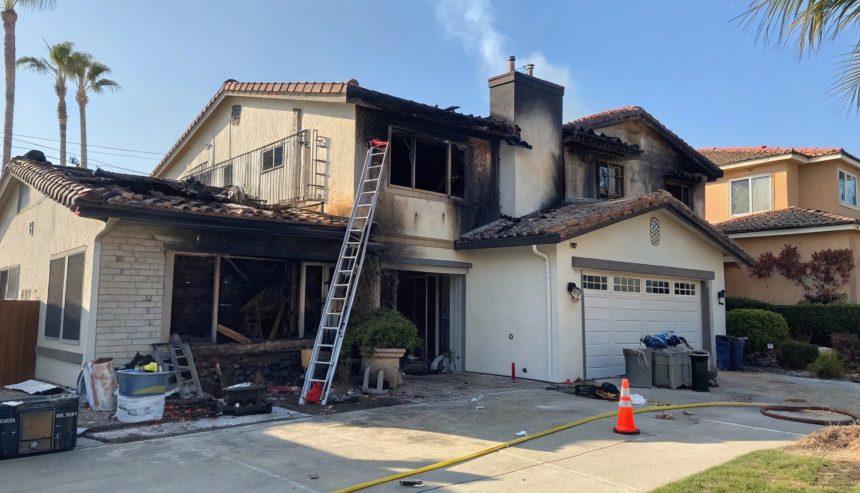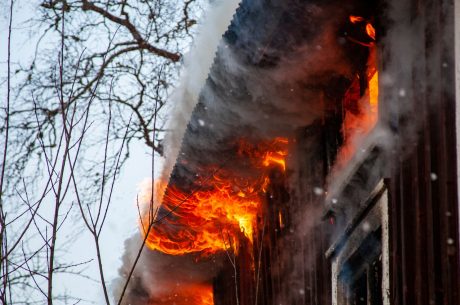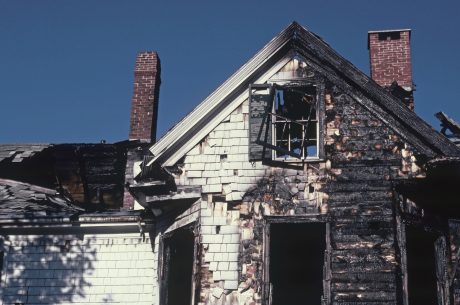San Clemente is known for its sunny beaches and beautiful views, but it also faces a growing risk from residential fires. As wildfires become more common across Southern California, this city by the sea is still in danger.
Several local factors increase the threat. Dry weather, strong winds, and older buildings make it easier for fires to start and harder to control them once they spread. These risks are becoming more serious each year, putting homes and families in danger.
In this blog, you will learn why San Clemente is at risk for residential fire damage, how it could affect your property, and what you can do to protect yourself. Whether you are a longtime resident or new to the area, understanding the threat and being prepared can help keep your home and loved ones safe.
What is Fire Damage Restoration?
Fire damage restoration is the process of repairing and cleaning up a home after it has been affected by fire, smoke, and water from firefighting efforts. It goes beyond surface cleaning, it includes assessing structural damage, removing harmful residues, and restoring your living space to a safe, livable condition. Professional emergency fire cleanup services play a key role in helping homeowners recover quickly and safely.
Local Factors Behind Fire Damage in San Clemente
Understanding the unique conditions that lead to residential fire damage in San Clemente is the first step toward prevention. Here are the biggest contributing factors:
1. Santa Ana Winds Fan the Flames
San Clemente experiences powerful Santa Ana winds that sweep in from inland deserts. These winds are hot, dry, and fast-moving, which can cause small fires to grow rapidly. They also carry embers, which can jump over roads and ignite homes far from the original fire.
2. Drought Conditions Dry Out Vegetation
Southern California faces ongoing droughts that turn trees, shrubs, and grasses into dry fuel. Even small patches of dried-out plants can help spread fire through neighbourhoods, as detailed in this USDA research on vegetation and fire risk. Dry conditions greatly increase the chances of residential fire damage when wildfires occur.
3. Hills and Canyons Speed Up Fire Spread
San Clemente’s beautiful landscape includes steep hills and canyons, but these natural features also help fires move faster. Flames naturally travel uphill, and narrow canyons can trap heat and wind, making fires more intense and dangerous.
4. Wildland, Urban Interface Increases Exposure
Many homes in San Clemente are built near wildlands. This area where nature and neighbourhoods meet is known as the wildland-urban interface (WUI). In these zones, one spark can quickly move from brush to buildings, leading to residential fire damage that spreads block by block.
5. Aging Infrastructure Poses Hidden Dangers
Some parts of San Clemente have aging power lines and older buildings with outdated wiring. These can malfunction during hot, windy conditions, starting fires that become difficult to control. As homes and utility systems get older, the risk of ignition increases.
6. Narrow Roads Challenge Emergency Crews
Firefighters need to respond quickly, but many neighbourhoods in San Clemente have narrow or winding roads. These can slow down emergency vehicles during a fire, making it harder to protect homes. In these situations, even quick-response fire cleanup services may arrive too late to prevent major damage.

Why San Clemente Homes Are at Greater Risk for Residential Fire Damage
Once fire breaks out, local conditions create major challenges for homeowners. Here are the top risks to be aware of:
1. Increased Likelihood of Residential Fire Damage
Thousands of homes in San Clemente lie within high-risk fire zones. The chances of experiencing residential fire damage here are significantly higher than in many other areas of the state. Even newer developments are not immune to wildfire threats.
2. Delays in Emergency Fire Cleanup Services
After a major fire, it’s critical to act fast. Unfortunately, the demand for emergency fire cleanup services can overwhelm local providers during peak fire season. Delays in cleanup lead to more damage from smoke, water, and structural instability.
3. Smoke, Soot, and Hidden Hazards
A home doesn’t have to burn to suffer damage. Smoke and soot can seep into walls, carpets, and vents. The smell lingers, and the particles can harm your health. Cleanup requires professional help, especially since fire damage restoration is very different from regular home renovation, and must be handled by trained experts.
4. Insurance Coverage May Fall Short
Even with insurance, recovering from a fire can be complicated. Homeowners in fire-prone areas often face higher premiums or lose coverage altogether. After a fire, claims can be delayed, or payouts may not cover all the costs of residential fire damage restoration.
5. Lack of Community Preparedness
Many San Clemente residents are not fully prepared for fire season. Without evacuation plans, emergency kits, or home hardening techniques, families are more vulnerable when disaster strikes. A lack of preparation makes it harder to recover and easier for fires to cause lasting damage.
Conclusion: Prepare Before the Flames Arrive
Residential fire damage in San Clemente is more than just a possibility; it’s a growing reality. But knowledge is power. By understanding the local factors that fuel fires and the specific risks they pose, you can take smart steps to protect your home and loved ones. From maintaining defensible space around your property to working with trusted emergency fire cleanup services, proactive planning is your best defence. Don’t wait for a warning siren to take action; start preparing now.
FAQs
Q1. Are metal roofs more fire-resistant for homes in San Clemente?
A: Yes. Metal roofing materials are non-combustible and offer better protection than traditional wood or asphalt shingles.
Q2. What is “ember resistance,” and do I need it?
A: Ember resistance means your home is less likely to catch fire from wind-blown embers. It’s crucial in San Clemente’s high-wind areas.
Q3. How do I get a fire risk assessment for my home?
A: Contact the Orange County Fire Authority or a local fire mitigation company. They can inspect your property and recommend changes.
Q4. Can I stay in my home during fire cleanup?
A: It depends on the severity of the damage. Most emergency fire cleanup services will advise temporary relocation if air quality or structure is compromised.
Q5. What is the best time of year to fireproof my property?
A: Late spring to early summer is ideal, before peak fire season hits and residential fire damage becomes more likely.




 PuroClean of San Clemente
PuroClean of San Clemente